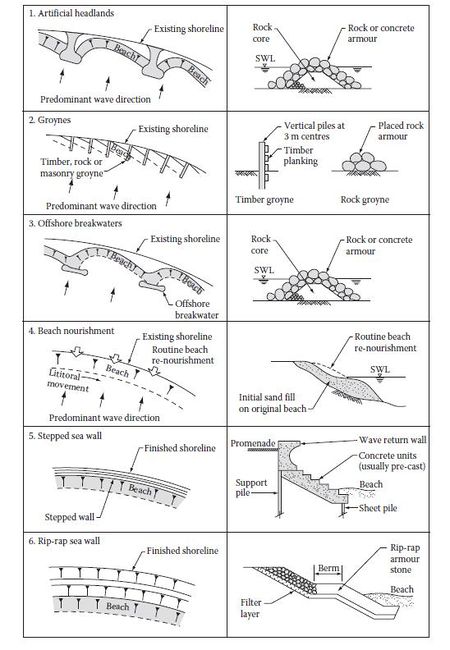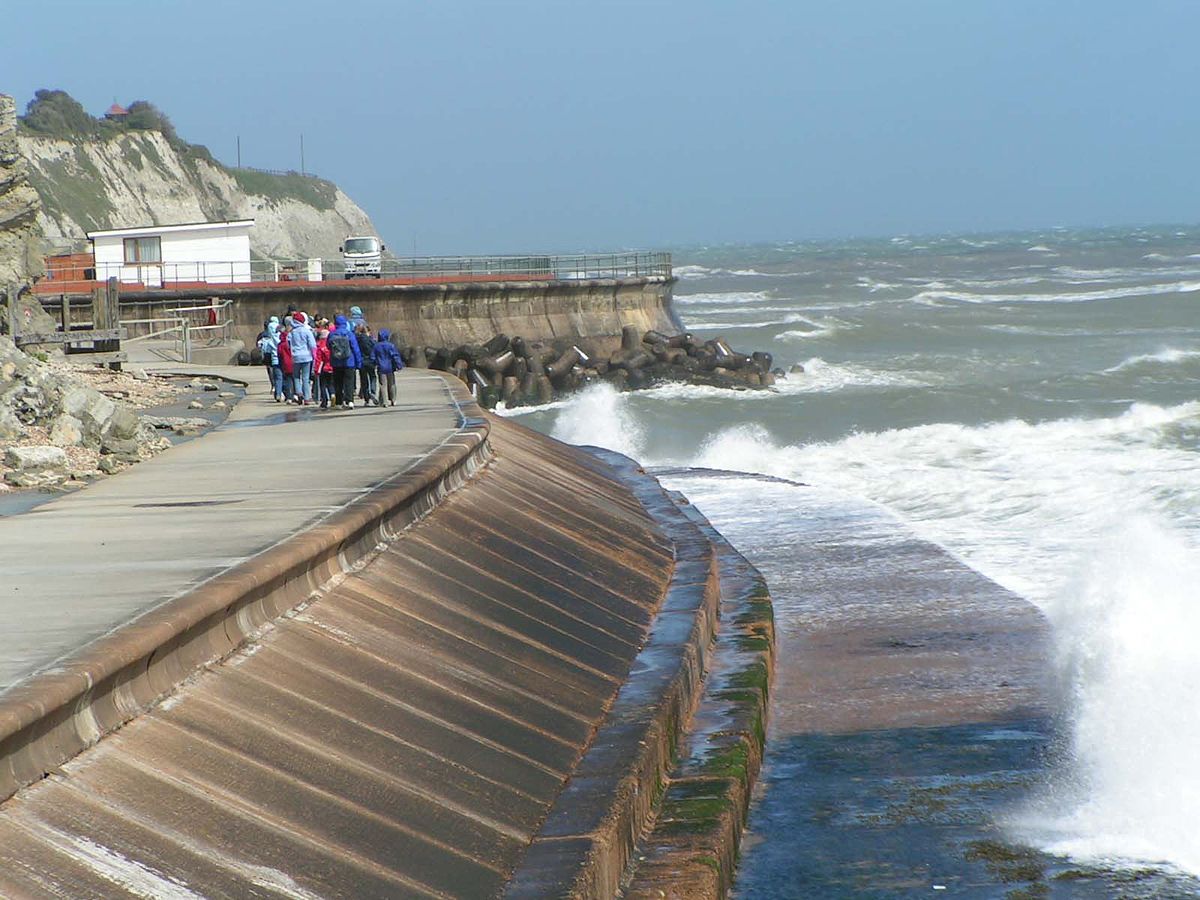10 Easy Facts About Shore Protect Team Shown
Wiki Article
The Of Shore Protect Team
Table of ContentsSome Known Incorrect Statements About Shore Protect Team Shore Protect Team for DummiesThe 25-Second Trick For Shore Protect TeamTop Guidelines Of Shore Protect TeamThe smart Trick of Shore Protect Team That Nobody is DiscussingIndicators on Shore Protect Team You Should KnowWhat Does Shore Protect Team Do?
Decline in residential or commercial property worth: As the area tourism is affected by erosion, so after that is the economic situation. Customers are less most likely to look for a coastline home that could be damaged anytime by the approaching flooding and disintegration emergency situation. In turn, residential property value can go down greatly and impact the entire area.Whether a coastline is simply tiny and jampacked or has to close totally for the safety and security of the ecosystem and nearby buildings, this greatly influences tourist. In turn, local economic situations are influenced (https://lnk.bio/shrprtcttm). Risk of injury: The boosted risk of flooding and architectural failures causes a boosted risk of injury to close-by vacationers and neighborhood participants

is home to more than 84,240 miles of coast with 41% of it subjected to the open sea. Coastal engineers are in fee of safeguarding the shore against changes by reducing the damaging influences of both all-natural and synthetic incidents. Shoreline stablizing is directly associated to their task. Waterside resorts: Due to the fact that shoreline disintegration effects tourist, it influences the success of waterside hotels.
Shore Protect Team Can Be Fun For Everyone
Coastal business businesses: No visitors suggests no service. Coastal state parks: State parks that exist along coastlines are at risk of damage.Hard stabilization uses man-made structures as defense to manage erosion. Many kinds of difficult stablizing like seawalls and sheet metal are not suitable for shoreline stablizing.
Things about Shore Protect Team
There's additionally not nearly enough evidence of their effectiveness depending on the kind of coastline and local problems. Difficult stablizing strategies often tend to be harder to set up and do not match the all-natural aesthetic, protruding like a sore thumb and harming neighborhood ecological communities in several situations. Beach nutrition is the process of adding lost sand and debris back to coastlines after erosion has occurred.TrapBags help in the process of coastline nutrients by protecting natural communities and permitting plants to grow. They're: Environmentally pleasant: You can use native dirt both to border and to load the TrapBags.

Shore Protect Team for Dummies
Easy to mount: Alleviate of installment means TrapBags can be released swiftly in the event of an emergency. They can likewise be mounted without any type of heavy equipment. Inexpensive: TrapBags are ideal for both little and big locations of shoreline. They provide a budget friendly remedy to cover jobs of any type of dimension.The proper seawall layout counts on location-specific aspects, including bordering disintegration processes. There are three primary types of seawalls: vertical, curved, stepped, and mounds (see table listed below).
All-natural barriers, such as coral reefs and mangrove forests, prevent the spread of tsunamis and the flow of seaside waters and minimized the flood and rise of water. A cost-benefit strategy is an efficient method to figure out whether a seawall is appropriate and whether the benefits are worth the cost.
The Main Principles Of Shore Protect Team
A seawall is a fixed function which can clash with the dynamic nature of the coast and hinder the exchange of debris in between land and sea. Advantages and negative aspects of seawalls according to Short (1999) Benefits Downsides Long term service in contrast to soft beach nourishment (http://localadvertised.com/directory/listingdisplay.aspx?lid=103840).
This can create coastlines to dissipate, rendering them worthless for coastline goers. Normally, seawalls can be a successful method to regulate seaside disintegration, however only if they are built well and out of materials that can stand up to the force of continuous wave energy. Some understanding is needed of the coastal processes and morphodynamics particular to the seawall location.
Getting My Shore Protect Team To Work
Combined with a high construction expense, this has actually led to raising usage of various other soft design seaside administration choices such as coastline replenishment. Seawalls are constructed from numerous materials, many typically strengthened concrete, rocks, steel, or gabions. Other possible construction materials consist of vinyl, timber, aluminum, fiberglass composite, and naturally degradable sandbags made of jute and coir. The appropriate seawall style relies on location-specific elements, consisting of surrounding erosion procedures. There are three main kinds of seawalls: upright, curved, tipped, and piles (see table below). A report released by the United Nations Atmosphere Programme (UNEP) suggests that the tidal wave of 26 December 2004 triggered less damages in the areas where all-natural barriers were existing, such as mangroves, reef or seaside plant life.Natural barriers, such as coral reefs and mangrove woodlands, stop the spread of tsunamis and the flow of seaside waters and reduced the flooding and rise of water. A cost-benefit strategy is a reliable way to identify whether a seawall is appropriate and whether the advantages deserve the cost.
Shore Protect Team - An Overview
A seawall is a static attribute which can clash with the dynamic nature of the coastline and restrain the exchange of debris between land and sea. Benefits and downsides of seawalls according to Short (1999) Advantages Negative aspects Lengthy term service in contrast to soft beach nourishment.
This can create beaches to dissipate, making them ineffective for coastline goers. Generally, seawalls can be a successful method to regulate coastal disintegration, yet just if they are created well and out of products that can stand up to the force of ongoing wave power. Some understanding is needed of the seaside processes and morphodynamics certain to the seawall location.
Report this wiki page